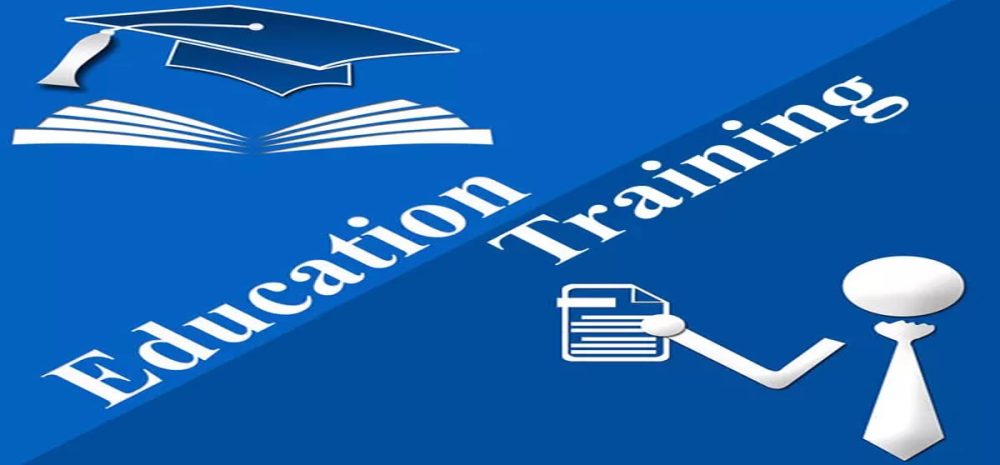Personalization has become a buzzword in education, with many educators and administrators recognizing the importance of tailoring instruction to meet the needs of individual students
E-learning platforms, in particular, offer a unique opportunity to personalize learning experiences and engage students in more meaningful ways. In this article, we will examine some strategies for personalizing e-learning and enhancing the overall learning experience
1. Assessing Student Needs
The first step in personalizing e-learning is to assess each student’s needs and learning style. This can be done through various means, such as self-assessment surveys, learning style inventories, or diagnostic assessments. By gathering this information, instructors can better understand how to tailor instruction to meet each student’s individual needs.
2. Offering Choice
One effective way to personalize e-learning is to offer students a choice in their learning activities. For example, students may be given the option to choose between different reading materials, assignments, or assessments. This not only allows students to pursue topics that interest them but also gives them a sense of autonomy and control over their learning experiences.
3. Providing Feedback
Effective feedback is critical to personalized e-learning. Instructors should provide timely and specific feedback to students, highlighting areas of strength and areas for improvement. This feedback should be tailored to each student’s individual needs and should be provided in a way that is supportive and encouraging.
4. Incorporating Multimedia
Multimedia elements, such as videos, podcasts, and interactive simulations, can be an effective way to personalize e-learning. These elements can be tailored to each student’s individual needs and learning style, providing a more engaging and effective learning experience.
5. Building Communities
Building a sense of community is essential to personalized e-learning. Instructors should create opportunities for students to interact with each other, such as through online discussion forums or collaborative projects. This not only fosters a sense of community but also allows students to learn from each other and develop important social skills.
6. Offering Support
Personalized e-learning can be challenging for some students, particularly those who require more support or guidance. Instructors should be available to provide support and answer questions, either through online office hours or one-on-one consultations. Additionally, instructors can offer resources and tools, such as online tutoring or study guides, to help students succeed.
Conclusion
Personalizing e-learning is an effective way to engage students and enhance the overall learning experience. By assessing student needs, offering choice, providing feedback, incorporating multimedia, building communities, and offering support, instructors can create personalized learning experiences that meet the needs of each individual student. It’s important for instructors to remember that personalization is not a one-size-fits-all approach and that each student’s needs and learning style should be taken into account. With the right strategies and mindset, personalized e-learning can be a powerful tool for promoting student success.



